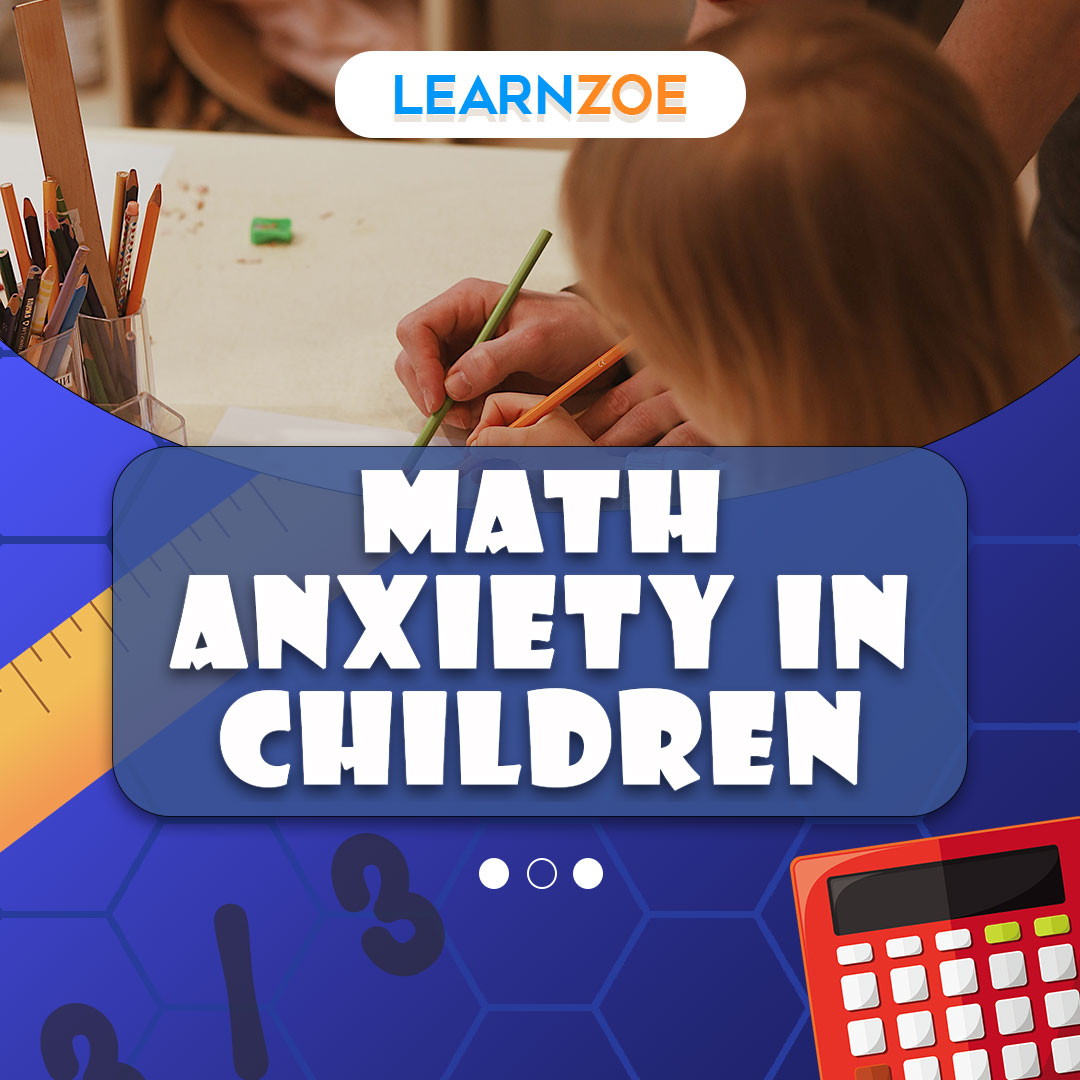Math Anxiety in Children

Math anxiety is a common phenomenon that affects many children, causing them to feel anxious, stressed, and even fearful when faced with mathematical tasks. It is essential to address math anxiety because it can significantly impact a child’s academic performance, self-esteem, and overall attitude toward mathematics. By understanding the causes of math anxiety and implementing effective strategies, parents and teachers can help children overcome their fears and develop a positive relationship with math.
Understanding the causes of math anxiety in children
Several factors contribute to the development of math anxiety in children. Unpleasant feelings or beliefs about math may arise due to previous struggles or challenges, resulting in decreased self-assurance in one’s skills. Fear of failure and judgment plays a significant role as children worry about making mistakes or being embarrassed in front of their peers. Additionally, pressure from parents or teachers to excel in math can create high expectations, adding to the stress and anxiety experienced by children.
Tips to help tackle math anxiety in children
To help children overcome math anxiety, creating a positive math environment that fosters a growth mindset and emphasizes effort over results is crucial. Here are some effective strategies to implement:
Create a positive math environment
- Encourage a growth mindset: Teach children that their math abilities can be developed through dedication and hard work. Making mistakes is a normal part of learning and can be a chance to improve and develop.
- Emphasize effort over results: Shift the focus from achieving perfect grades to valuing the effort and progress made by children. Praising their perseverance and problem-solving strategies will boost their confidence and motivation.
- Celebrate mistakes as learning opportunities: Help children understand that mistakes are valuable learning experiences. Please encourage them to identify and analyze their mistakes, using them as stepping stones for improvement.
Use hands-on and visual learning techniques
- Incorporate manipulatives and real-life examples: Use physical objects like blocks or counters to help children visualize and understand abstract mathematical concepts. Relate math to real-life situations to make it more relatable and engaging.
- To enhance your presentation, consider incorporating visual aids like diagrams or graphs. Visual representations can enhance understanding and memory retention. Presenting information in a visual format helps children grasp complex ideas more effectively.
Break down complex problems into smaller steps
- Teach problem-solving strategies: Introduce problem-solving techniques, such as breaking down problems into smaller parts, identifying relevant information, and trying different approaches. These strategies provide a structured framework for tackling math problems.
- Encourage step-by-step approaches: Teach children to approach math problems systematically. Breaking complex problems into smaller, manageable steps helps reduce anxiety and build confidence.
Provide opportunities for practice and reinforcement
- Offer additional math activities or games: Provide supplementary math activities that are enjoyable and interactive. Games and puzzles can help children practice math skills in a fun and stress-free way.
- Provide consistent and structured practice: Regular practice is key to building math proficiency. Establish a routine for math practice and provide structured exercises that gradually increase in difficulty, allowing children to build their skills progressively.
Foster a supportive and non-judgmental learning environment
- Encourage questions and open discussion: Establish a secure environment where kids can freely inquire and receive clear answers. Encourage peer-to-peer collaboration and discussion, promoting a supportive learning community.
- Provide constructive feedback and encouragement: Offer specific and constructive feedback that focuses on effort and improvement rather than criticism. Celebrate small victories and acknowledge progress, reinforcing a positive attitude towards math.
Involve parents in the learning process
- Share resources and strategies with parents: Educate parents about math anxiety and provide them with resources, tips, and techniques to support their child’s math learning at home.
- Encourage parents to support their child’s math learning at home: Encourage parents to engage in math-related activities, such as playing math games or solving problems together. Creating a supportive learning environment at home complements the efforts made in the classroom.
Conclusion
Addressing math anxiety in children is crucial for their academic success and well-being. Parents and teachers may help kids like math by understanding math anxiety and using effective strategies. Overcoming math anxiety requires a supportive, non-judgmental learning environment, a growth mentality, and practice and reinforcement. By working collaboratively, parents, teachers, and students can empower children to embrace math and thrive in their mathematical journey.
